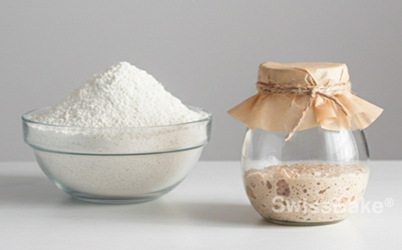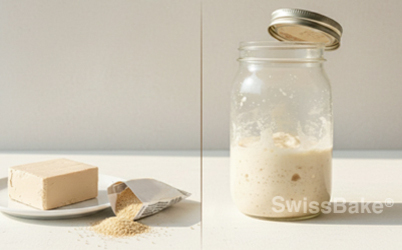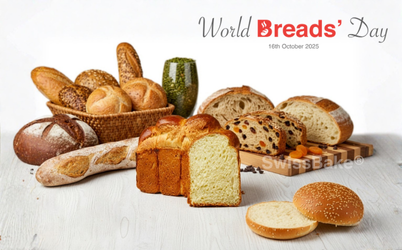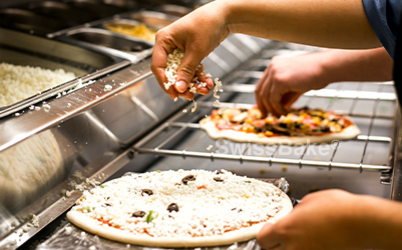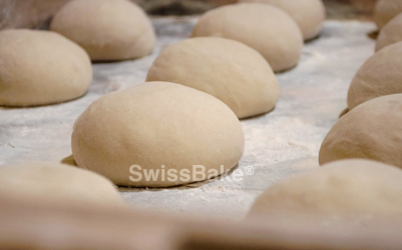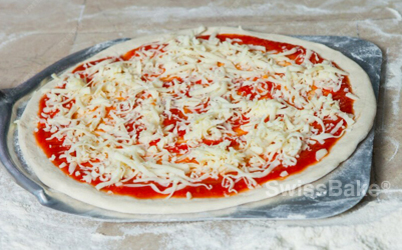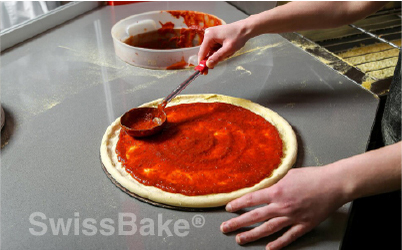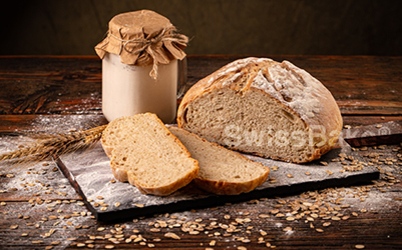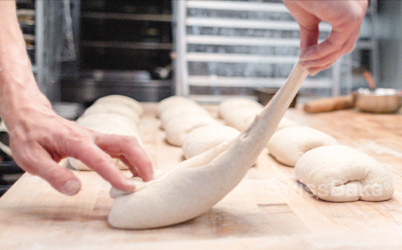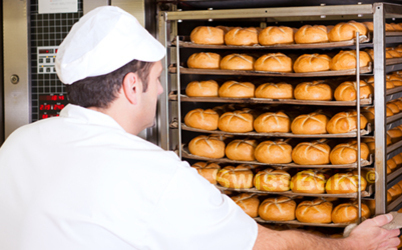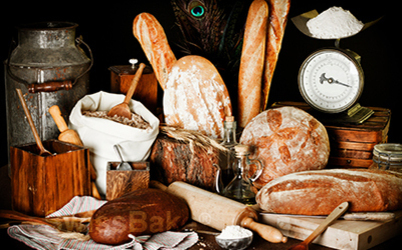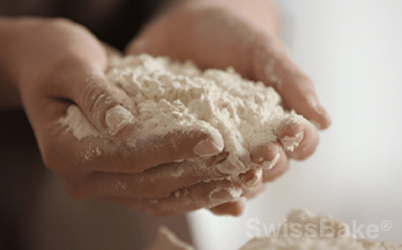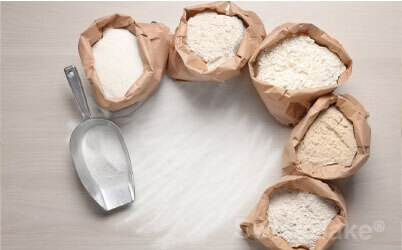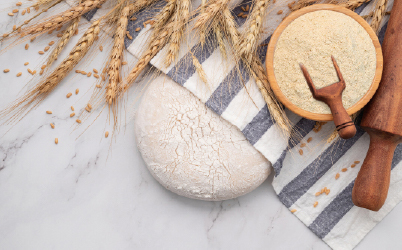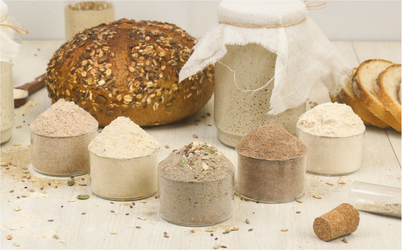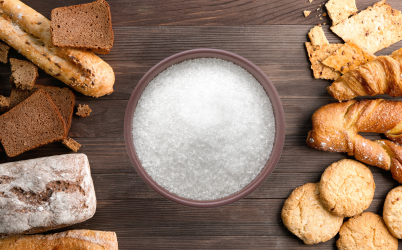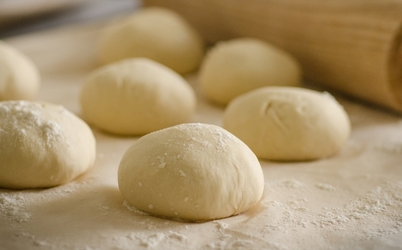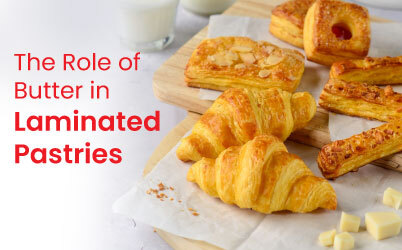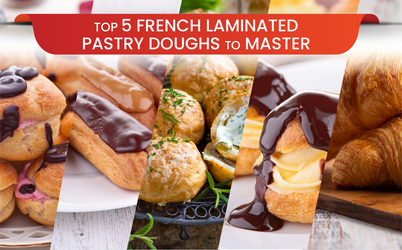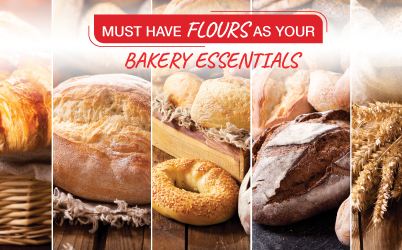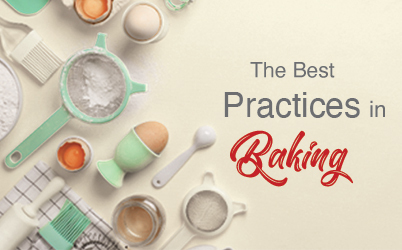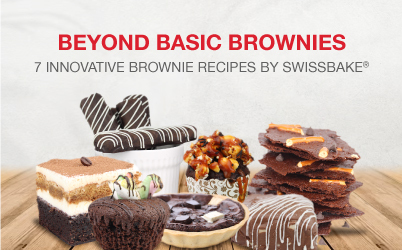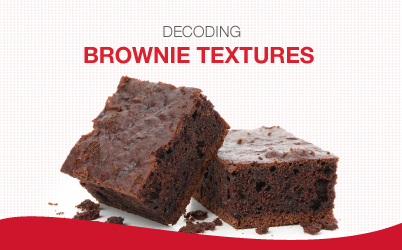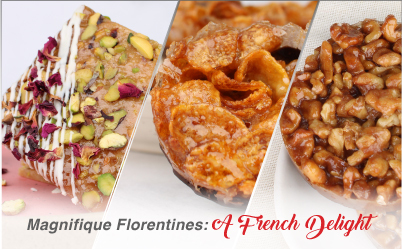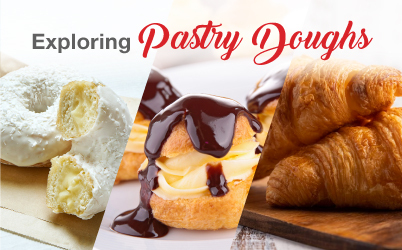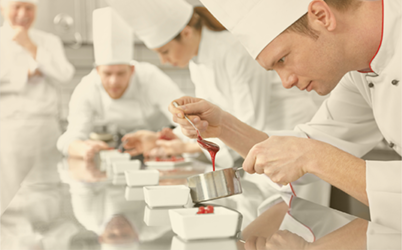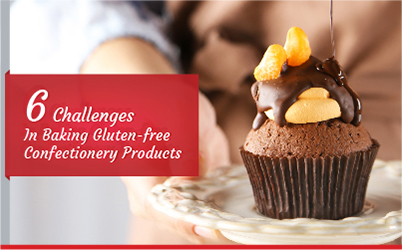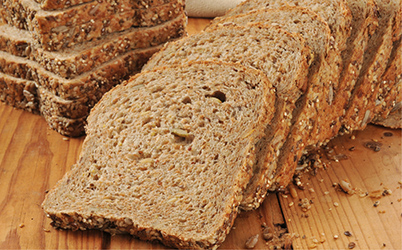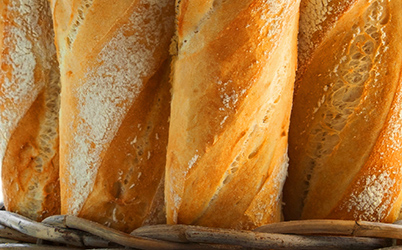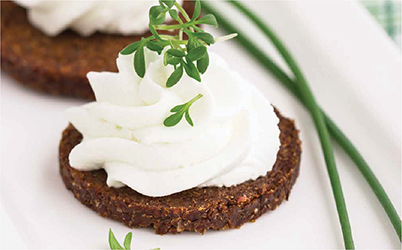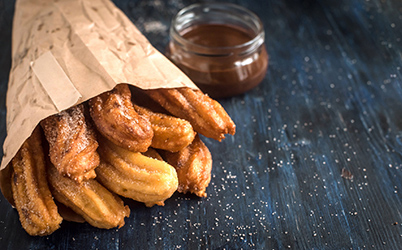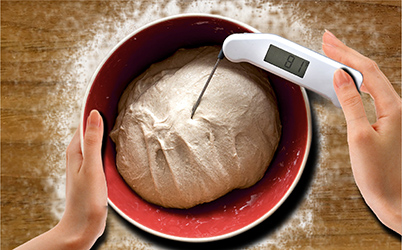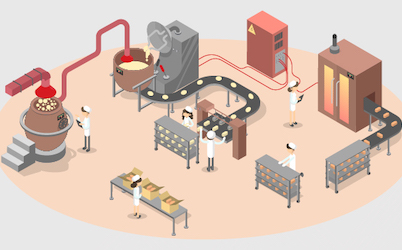The art of sugar decor has long been a cherished tradition in the world of professional baking. From delicate sugar flowers to intricate sculptures, sugar decor adds an exquisite touch to cakes, pastries, and desserts. Achieving mastery in this craft requires a combination of technical skill, creativity, and patience. In this article, we will explore the various techniques and tips involved in creating stunning sugar decorations.
1. Understanding the Different Sugar Mediums
Sugar decor can be created using various mediums, each with its unique properties and applications. The most used mediums include pulled sugar, blown sugar, poured sugar, and pastillage. Understanding the characteristics of these mediums is crucial to achieving desired results.
- Pulled Sugar: Pulled sugar is pliable & ideal for creating delicate, intricate designs like flowers & ribbons. It requires careful heating, stretching and shaping. Pulled sugar is typically heated to a temperature range of 145°C to 160°C (293°F to 320°F) before it is pulled & shaped.
- Blown Sugar: Blown sugar involves creating hollow sugar sculptures by blowing air through a heated sugar mass. This technique is used to make delicate spheres, vases, and other intricate shapes. Blown sugar requires heating the sugar to a temperature range of 160°C to 170°C (320°F to 338°F) to achieve the right consistency for blowing & shaping.
- Poured Sugar: Poured sugar involves heating sugar to a liquid state and pouring it into moulds. This method is perfect for creating solid sugar objects such as hearts, stars, and geometric shapes. For poured sugar, the sugar is heated to a temperature range of 150°C to 160°C (302°F to 320°F) until it reaches a liquid state suitable for pouring into moulds.
- Pastillage: Pastillage is a firm, edible dough made from powdered sugar, gelatine, and water. It is commonly used for creating larger, more structural sugar decorations like architectural elements or cake toppers. The gelatin in pastillage requires the mixture to be heated to a temperature of around 50°C (122°F) to dissolve the gelatine completely. Afterwards, it is rolled out and shaped while still pliable.
2. Essential Tools and Equipment for Sugar Décor
To create sugar decor, you will need specific tools and equipment. These may include:
- Candy thermometer— Essential for precise temperature control while working with sugar.
- Heat-resistant gloves— Protect your hands from burns while handling hot sugar. These gloves provide protection while handling the hot sugar, which can reach temperatures exceeding 100°C (212°F).
- Silicone mats— Provide a non-stick surface for shaping and cooling sugar. Silicone mats are heat-resistant and can withstand temperatures up to 200°C (392°F) or higher, making them suitable for working with hot sugar.
- Sugar moulds— Available in various shapes and sizes, molds help create consistent and intricate designs. Sugar molds can be used with sugar temperatures around 100°C (212°F) or slightly higher, depending on the desired consistency.
- Piping bags & tips— Used for creating fine details and piping pulled sugar.
3. Professional Techniques for Sugar Art
Mastering the techniques involved in sugar decor is fundamental for achieving professional-quality results. Here are some key techniques to explore:
- Isomalt — Isomalt is a popular choice for sugar decor due to its clarity, stability, and ease of use. It can be melted and moulded into various shapes and designs.
- Pulled Sugar Flowers — Learn to shape and sculpt delicate sugar flowers such as roses, lilies, and orchids. Each flower requires specific pulling, shaping, and assembling techniques.
- Blown Sugar Spheres — Master the art of blowing sugar to create hollow spheres, which can be filled with delicate treats or used as decorative elements.
- Spun Sugar — Create ethereal, wispy threads of sugar by rapidly spinning melted sugar around a fork or other utensils. Spun sugar can be used to add height and elegance to desserts.
- Sugar Ribbons & Bows — Experiment with pulling and shaping sugar to craft intricate ribbons and bows for an elegant finishing touch.
- Fondants — Fondant is pliable and easy to work with. It can be rolled out and used to cover cakes or sculpted into different shapes.
4. Colour and Flavours
Enhancing your sugar decor with colours & flavours adds an extra layer of creativity. Use gel or powdered food colouring to achieve vibrant hues, and consider incorporating flavoured extracts or oils to infuse subtle tastes into your sugar creations.
5. Practice and Experimentation with Sugar
Mastering the art of sugar decor takes practice, patience, and experimentation. Start with simple designs and gradually work your way up to more complex creations. Once you have created your sugar decorations, it's essential to know how to attach them to your baked goods securely. Utilize edible glue, such as a mixture of water & powdered sugar or gum paste adhesive, to adhere the sugar decor to cakes, pastries, or cookies. Analyse your results, learn from mistakes, and continually refine your techniques to achieve excellence.
6. Handling the Delicate & Intricate Sugar Décor
While sugar decor is a beautiful addition to any baked good, it can also be quite fragile. Sugar decorations can easily crack or break if mishandled, so bakers must take great care when placing them on desserts or pastries. It's also important to store sugar decorations in a dry place away from moisture, as humidity can cause them to melt or become sticky.
In conclusion, the art of sugar decor is an essential part of professional baking while offering endless possibilities for creativity & innovation. By understanding the different sugar mediums, acquiring the necessary tools & equipment, mastering key techniques and experimenting with colours & flavours, you can elevate your baking creations to a whole new level. It adds a touch of elegance and sophistication to desserts and pastries, and requires skill, patience, and creativity to master.



